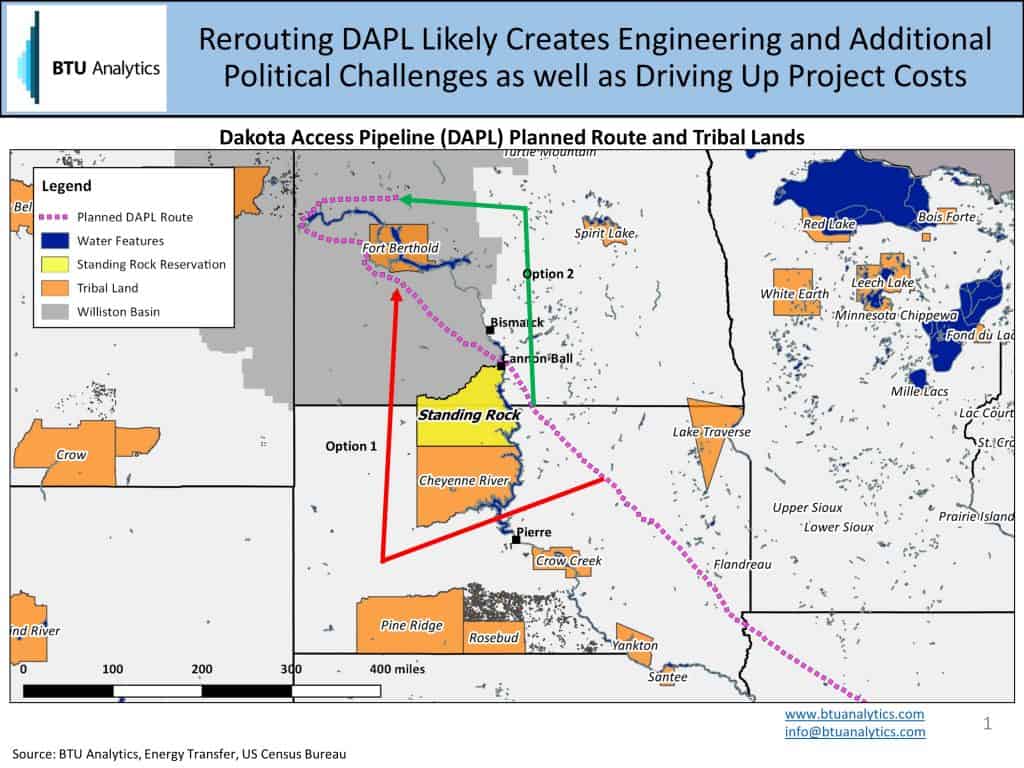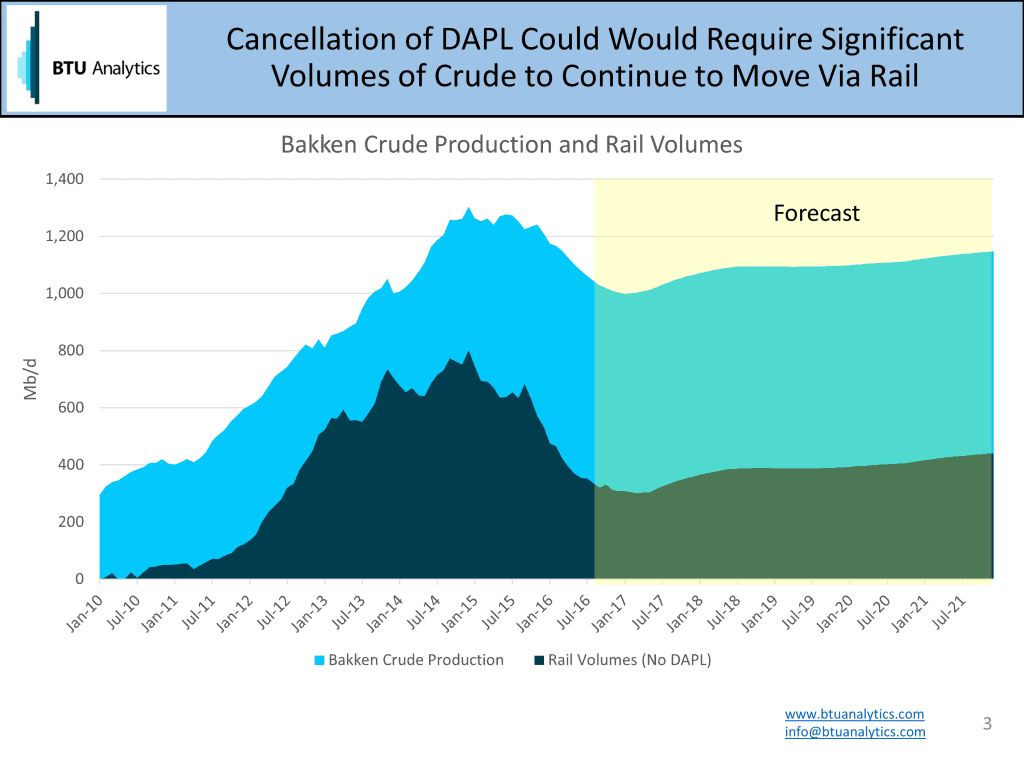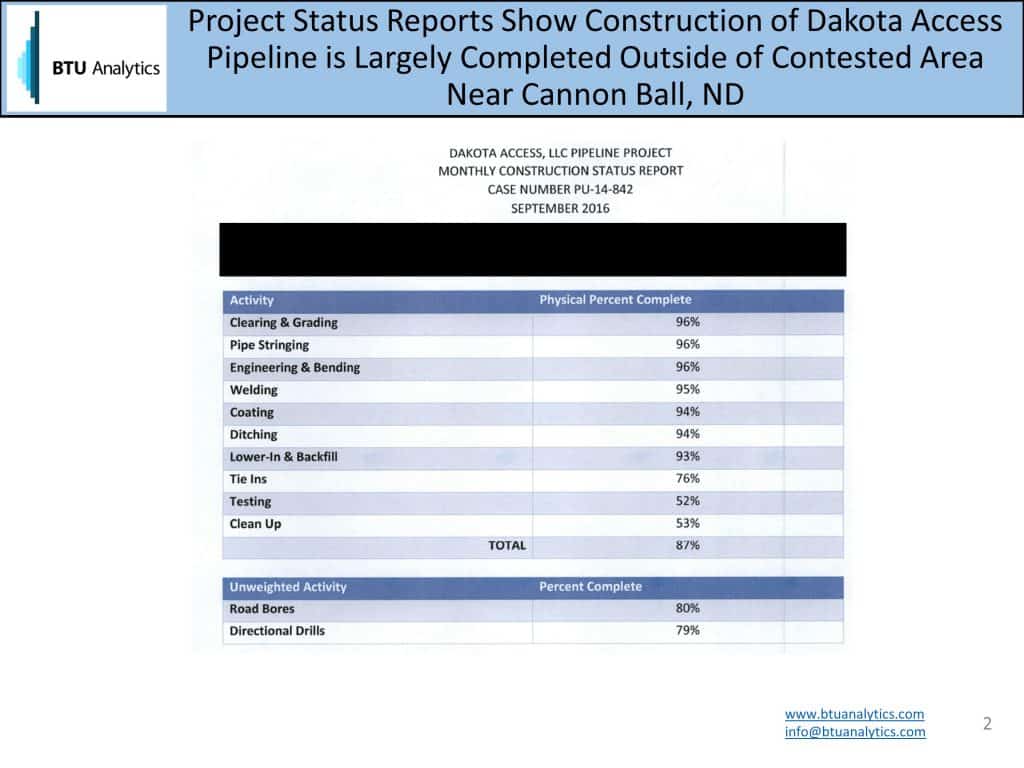In the latest chapter of the controversial Dakota Access Pipeline (DAPL) saga, President Obama issued a statement on Tuesday that the US Army Corps of Engineers is “examining whether there are ways to reroute this pipeline in a way… that I think is properly attentive to the traditions of the first Americans.” Since construction progressed in earnest on the Dakota Access Pipeline earlier this year, the number of people who have rallied behind the Standing Rock tribe in North Dakota has grown exponentially. The Standing Rock tribe is disputing the location of the water crossing of the Missouri River near Cannon Ball, ND. While this water crossing is technically not on the reservation, the tribe contests that because it is up river of their land, it is endangering their water supply should the pipeline leak. Furthermore, they are arguing that the pipeline is going through land that is sacred and previously belonged to the natives.

Looking at a map of US tribal land, the currently planned Dakota Access route, and water bodies in North Dakota, shows that rerouting the pipeline on reasonably direct routes may not be a trivial task. Rerouting to cross the river further south runs the risk of cutting through, or being very near, additional tribal land belonging to the Cheyenne River and Crow Creek reservations. Moving the pipeline route and drastically changing it to originate south of Fort Berthold instead of north could also be difficult due to the presence of wetlands in central North Dakota.
If DAPL is not built, moving crude out of the region via rail will remain critical and volumes would continue to range in the 300 – 400 Mb/d range over the next five years. Comparatively, if Dakota Access is completed, regional economics will receive an uplift due to tightening differentials and almost all of future Bakken crude production will be able to move out of the region via pipelines.

In any case, Energy Transfer has continued construction on the pipeline in areas that have already received all of the proper regulatory approval and construction on the Dakota Access Pipeline as of September has all but completed construction in most places except for the disputed crossing area.

If DAPL is required to undertake a major reroute, then it holds significant implications for oil and gas infrastructure across the US. As BTU Analytics discussed in “Not in My Backyard: The Consequences of DAPL” there are several Northeast pipeline projects that are critical to growth in the Marcellus and Utica that will likely be impacted by the conclusion of any actions for or against the completion of DAPL.








